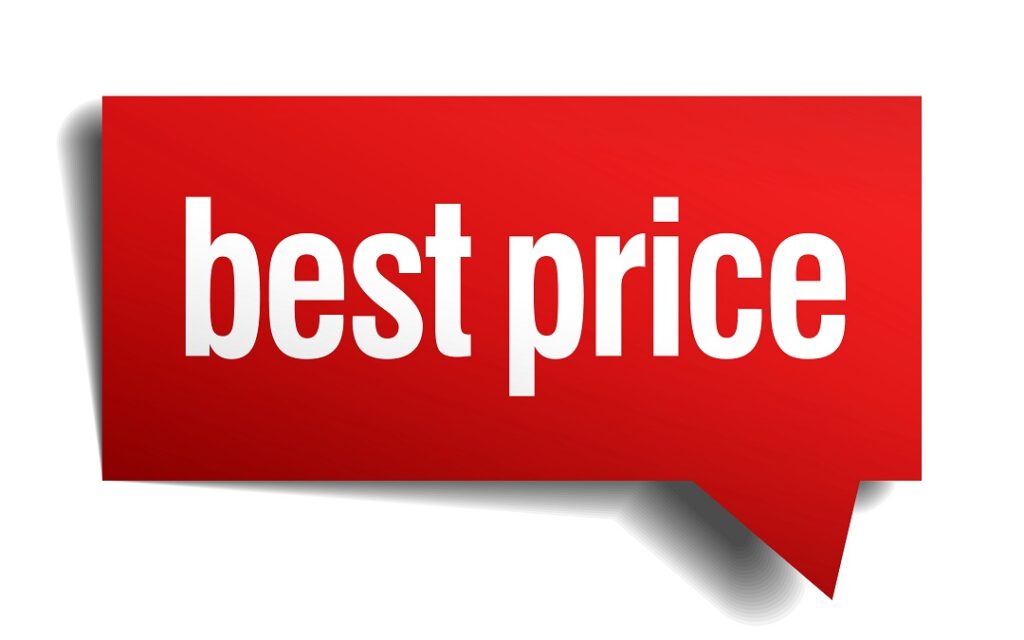The price you charge for the product sold by your website is a key component of success. But setting prices is not as easy as one might think. Do you want (and are you set up to deal with) high volume? That means having a pretty low price relative to your competition. Or do you want fewer customers, but customers who might purchase more items? Then you can set a higher price.
Set the Smartest Price, Not the Lowest Price
Every business, whether online or bricks and mortar, has to grapple with pricing. Otherwise, the risk of failure is considerable. Price products too high, and you won’t have enough revenue to cover your costs. Price them too low, and the volume of sales and shipping costs could overwhelm you. In addition, you might still not get enough revenue to cover your costs. In other words, the lowest price does not necessarily mean success. Online retailers need to find the sweet spot.
An interesting article in Internet Retailer provides some solid tips about this dilemma. First, don’t forget that online retailers have a big advantage over bricks and mortar stores. An online business knows more about its customers than a store at the mall or a convenience store, where a certain percentage of customers pay cash.
Second, it is easier (or at least faster) for online businesses to do competitive analysis. But does this mean that you instantly cut the price of an item when you discover that a competitor has a lower price? The answer: Maybe yes, maybe no. Price warfare is a race to the bottom in many instances, so be cautious about knee-jerk price cutting.
Third, one size does not fit all. Having the lowest price for every item may not be the best approach, but having the lowest price for some items could be. Pricing certain items or categories of items lower than the competition could give you an edge. It all depends on your market, and you need to know your market and its behavior intimately.
Fourth, don’t be afraid to test a pricing idea. It is very easy to change if you decide that a new price for an item or category just isn’t working. This gives you a big advantage over bricks and motor stores, where changing prices is more cumbersome and time-consuming. Also think about which categories of items you should test most often and which items perform better with stable pricing.
Five, think about complementary sales .For example, if lots of people buy a TV and a TV stand at the same time, figure out whether pricing the TV stand slightly higher than the competition affects sales of TVs. If TV sales continue strong, you have identified a complementary product that can withstand a slightly higher price.
Knowledge is Power in Online Retailing
There are a variety of analytics tools available to help small and medium-sized businesses arrive at the best prices for their products. But learning how to use the tools and understanding the analytical results take time—time that you could be using to grow your online business. Get help with this critical piece of a successful online store by working with a smart, savvy digital marketing analytics provider.
Sources:
https://www.internetretailer.com/commentary/2016/05/25/how-online-retailers-can-price-profit-age-data; https://www.internetretailer.com/commentary/2016/05/25/how-online-retailers-can-price-profit-age-data; http://www.detroitnews.com/story/business/2016/05/17/jet-com-online-shopping/84507784/


